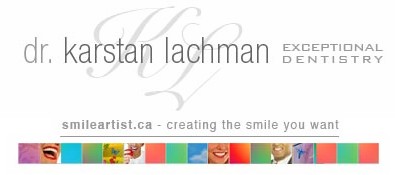Dr. Jeff Hedrich
Dental Health
I have had the pleasure of working with Dr. Jeff Hedrich on numerous occasions with some challenging diagnostic cases; as well as implementing complex therapeutic treatment protocols for our mutual patients who suffer from temporal mandibular joint dysfunction syndrome.
I find his caring approach towards chiropractic and upper cervical dysfunctions refreshing, comprehensive, and thorough. He is open to team collaborative efforts always with the patient’s best interests in mind. His follow up care and communication with both patient and other practitioners is very informative and knowledgeable.
– Karstan Lachman D.D.S. F.I.C.O.I.
Did you know that NUCCA Chiropractic is an essential part of your dental health program?
More and more dentists are becoming aware of the role the spine in jaw function and biomechanics. In fact, some schools of Dentistry consider the teeth to be the upper end of the spine. This new awareness has led to a greater understanding of how a misalignment of the spine can damage your jaw joints, causing you to clench and grind, break crowns and needlessly cost you thousands of dollars. In fact, the NUCCA procedure is so important to the function of your jaw that the Las Vegas Institute of Neuromuscular Dentistry teaches that in order to achieve an optimal restoration, the patient should have their neck corrected by a NUCCA Doctor. They recommend this procedure because their research shows that the position of the head and neck influence the way the jaw tracks when opening and closing.
Give this simple test a try:- With your head in an upright position, open and close your mouth and take note of how your teeth come together.
- Open your mouth, tilt your head to the left and close your mouth. Take note of how your teeth come together. Pay close attention to which side of your mouth strikes first.. Return your head to the upright position.
- Repeat step #2 but tilt your head to the opposite side.
Did you notice that different teeth come into contact first when your head tilts to one side or the other? You may have also noticed that more pressure is exerted on a specific tooth when your head tilts as well.
This test exaggerates what a misaligned spine does to the tracking of the jaw. Left untreated, a spinal misalignment will wear out your teeth faster, erode your jaw joints, create dysfunction in chewing muscles and may lead to a painful problem that is expensive to treat.
How do I know if I have this problem?Some of the common dental symptoms associated with a spinal misalignment may include the following:
- jaw clicking, popping or shifting when chewing
- pain and tenderness in the muscles at the base of your skull and top of your neck
- grinding or clenching
- breaking of the teeth or crowns
- stress fractures on the teeth
- uneven bite
- sore jaw muscles
It is not easy for a patient to identify this combination of problems on their own. Dr. Hedrich is qualified to assess your spine and determine if there is a relationship between your dental issues and your spine. Even if you don't have a problem now, a spinal dysfunction can be detected early on and help save you thousands of dollars later. Contact us today to arrange your consultation.
